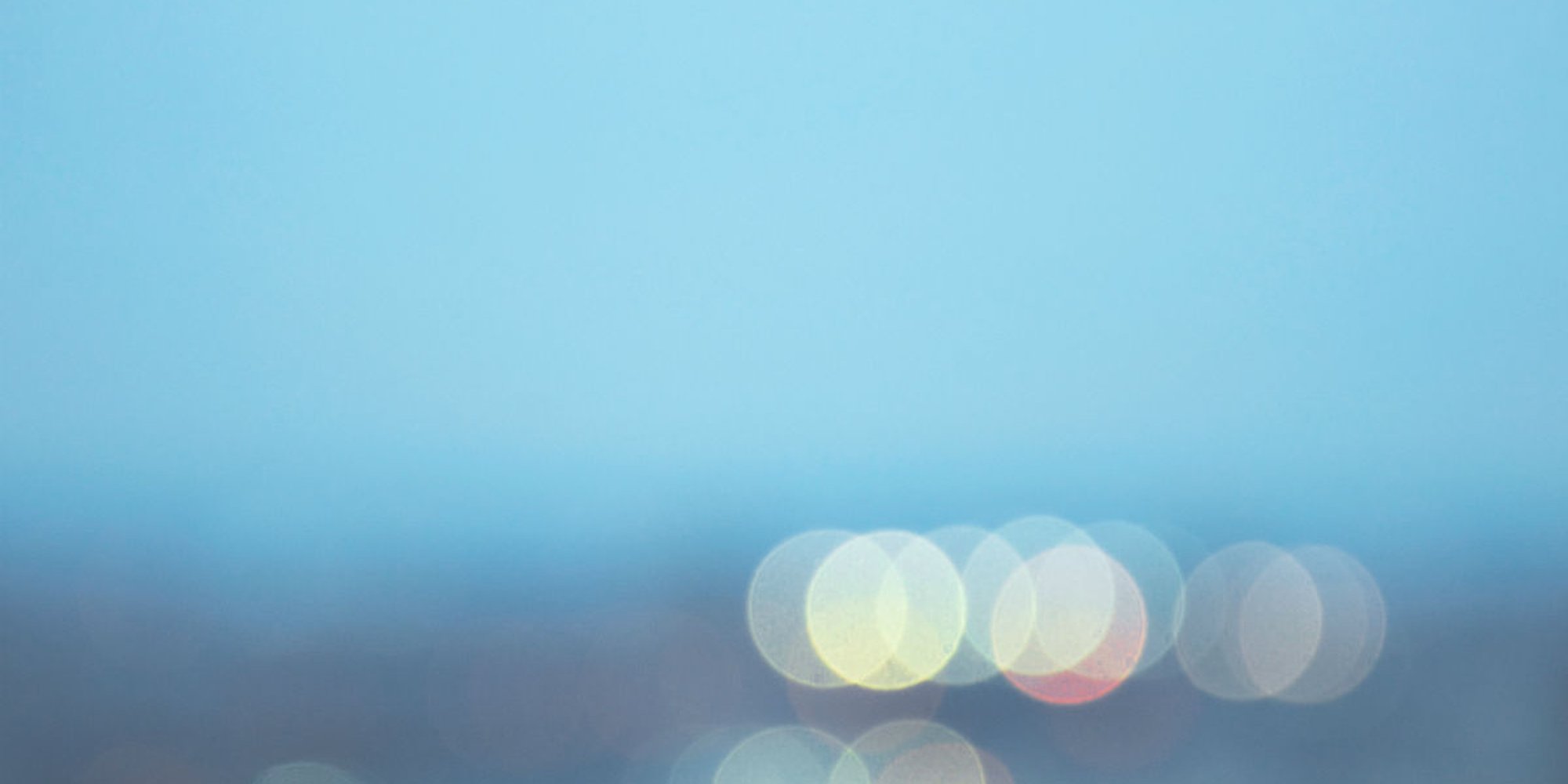Take a look at the following photograph:
Notice how the swan’s head is in full focus while the background is brilliantly yellow and blurry? This is the bokeh effect, with its main purpose to emphasise the subject together with certain points of light.
The term ‘bokeh’ comes from the Japanese word, ‘boke’, which means ‘haze’ or ‘blur’. The word has come to be widely associated with the aesthetic quality of out-of-focus blur in a piece of art. And if you’re wondering how to pronounce bokeh, it’s drum roll please… ‘boh-keh’. Don't believe us?
How do you capture a bokeh photograph?
To create the bokeh effect in a photograph, artists first have to find a subject that will capture easily in a short focal distance or close up. Let’s say, for example, a ladybug on a leaf. To achieve the perfect bokeh, the sun should also be apparent in the background behind the leaf. This is necessary to allow the points of light behind the leaf to be forced out of focus.
The photographer then places a camera on a tripod and uses its manual settings to get a sharp focus for the ladybug. The background should be completely blurred at this point. For the background to be out of focus almost completely, the photographer needs to be closer to the subject, quite near the minimal focus point.
Artistic bokeh effects
Capturing blurred lights in artistic photography is one of the most common ways to incorporate bokeh. From Christmas lights to a cityscape at night, blurred lights give photography a level of softness and depth. The idea is to create amazing backgrounds without detracting too much from the subject, which should still be the centre of the photo.
Is bokeh just a technique?
Even though bokeh is indeed a photographic technique, using it is highly subjective. Every photographer has their own idea about what good bokeh should look like. The type of lens used affects bokeh, and the basic thing to understand when shooting bokeh is how lenses render blur. From there on, it’s all about the photographer’s vision.
The depth of field is something photographers should also experiment with when shooting bokeh photography, as the end results are not just about getting a blurred background, but also going for a proper depth of field.
While the bokeh effect is traditionally a photographic technique, we’ve seen painters on Artfinder dabble with bokeh too. After all, it’s all about experimenting with focus and light.
Why is bokeh art so popular?
Blurred backgrounds with a dash of round orbs of glowing light can invoke a feeling of warmth and romance. Imagine being tucked up warm and cosy inside, watching the world go by through a rain soaked window. Or sitting in a car, driving through a new and exciting city at night. Well, put that on canvas and call it bokeh, folks.
More bokeh for your viewing pleasure:
Cover image via Journey Gong


